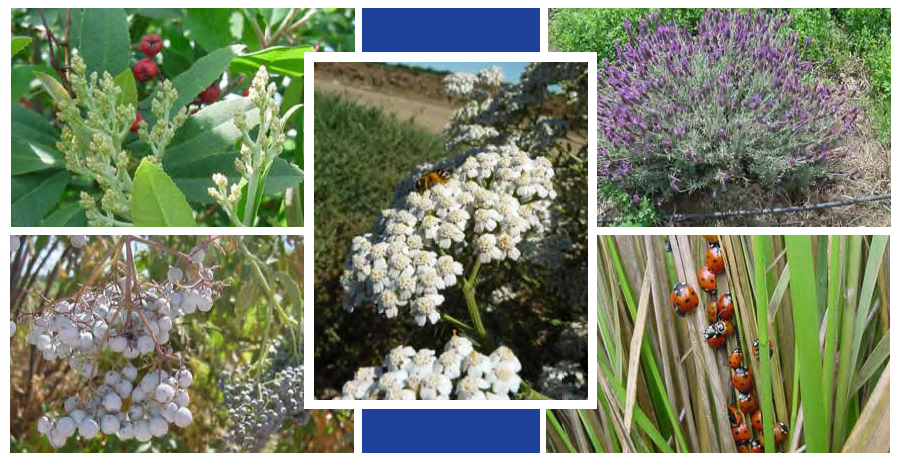
Unlock the Secrets of Companion Planting: A Gardener's Guide
Imagine strolling through a vibrant garden, a symphony of colors and scents where every plant seems to thrive in harmony. Sun-kissed tomatoes stand tall beside fragrant basil, while cheerful marigolds dance along the borders, warding off unwanted pests. This isn't just a picturesque scene; it's the result of sustainable garden symbiosis – companion planting. Companion planting isn't simply about aesthetics; it's a powerful technique that leverages the beneficial relationships between different plants to create a thriving, self-sustaining ecosystem within your garden. It's holistic garden planting at its finest, and it can dramatically boost your organic garden yield boost while providing natural pest control gardening.
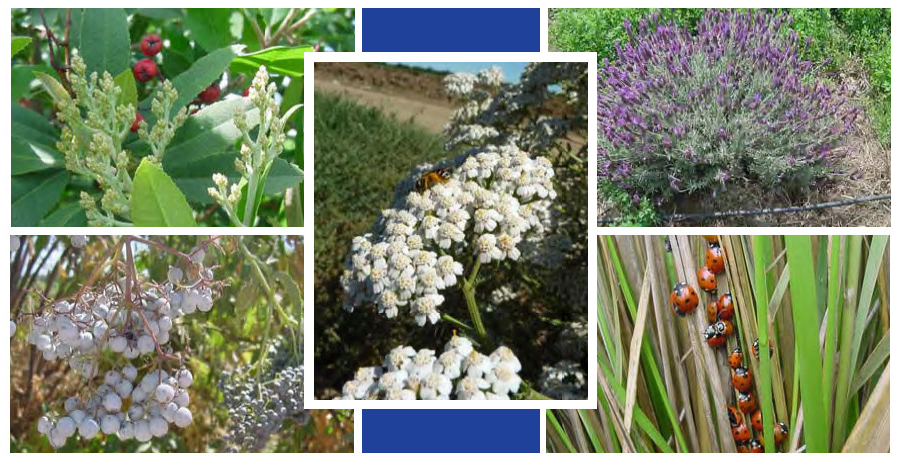
Let's delve into the fascinating world of companion planting and discover how you can harness its power to create a healthier, more productive garden.
The 'Three Sisters': A Timeless Example of Companion Planting Strategies
One of the most iconic examples of companion planting is the "Three Sisters" method, a staple of Indigenous agriculture in North America for centuries. This ingenious system involves planting corn, beans, and squash together, creating a mutually beneficial relationship that enhances the growth of all three crops.
- The corn provides a sturdy stalk for the beans to climb, acting as a natural trellis.
- The beans, as legumes, fix nitrogen in the soil, enriching it and providing essential nutrients for both the corn and the squash.
- The squash sprawls across the ground, providing a living mulch that suppresses weeds and helps retain moisture in the soil.
This time-tested technique isn't just a historical curiosity; it's a practical and effective way to maximize space, improve soil health, and increase yields in your own garden. You'll improve soil health with companion planting using this method.
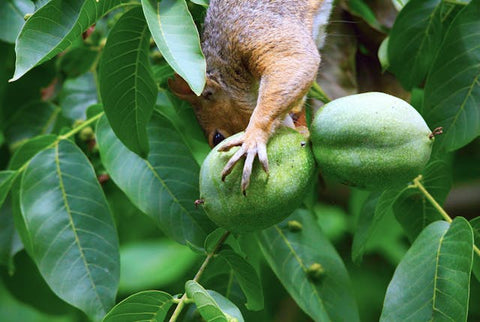
Beyond the Basics: Uncommon Yet Effective Pairings for Natural Pest Control Gardening
While the "Three Sisters" is a well-known example, the possibilities for companion planting are virtually endless. Here are a few specific and perhaps less common pairings that can offer significant benefits to your garden:
Carrots and Rosemary
Rosemary isn't just a fragrant herb for cooking; it's also a valuable ally in the garden. Planting rosemary near carrots helps to deter carrot root flies, a common pest that can decimate carrot crops. Rosemary also repels cabbage moths and bean beetles, making it a versatile companion for a wide range of vegetables.
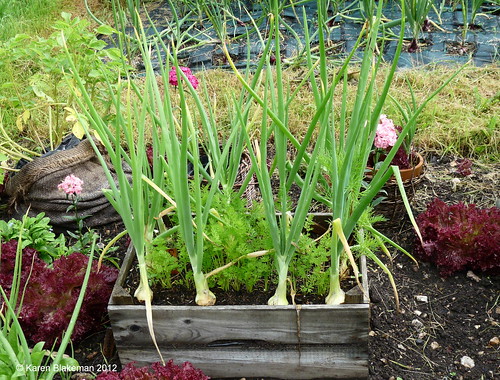
Marigolds: The Garden's All-Purpose Protector
Marigolds are renowned for their pest-repelling properties and are an excellent addition to any vegetable garden companion chart. These cheerful flowers secrete a substance that deters nematodes in the soil, and they can also help repel aphids, whiteflies, and other common garden pests. Furthermore, their bright colors attract beneficial insects like ladybugs and hoverflies, which prey on harmful pests, helping you attract beneficial insects with companion plants. Plant marigolds liberally throughout your garden to provide a natural barrier against pests and create a more balanced ecosystem.
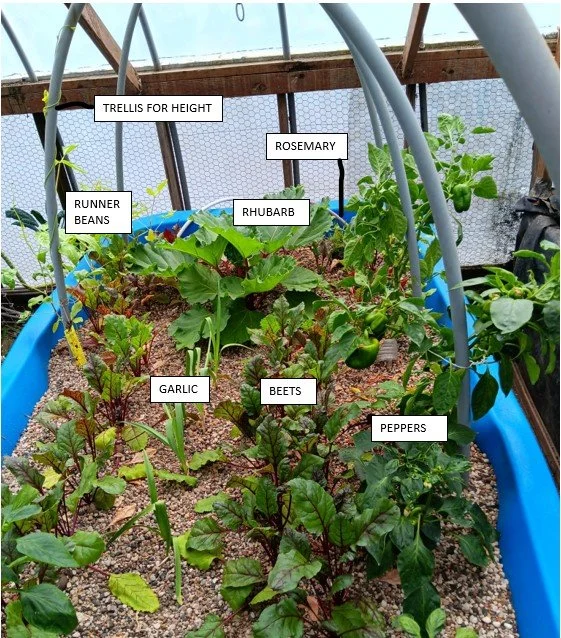
Nasturtiums and Brassicas: A Trap Crop Strategy for Organic Pest Control
Brassicas, such as cabbage, kale, and broccoli, are often targeted by aphids. Nasturtiums can be used as a trap crop to lure aphids away from your precious greens. Aphids are highly attracted to nasturtiums, so planting them near your brassicas will encourage the pests to congregate on the nasturtiums instead, leaving your vegetables relatively untouched. You're achieving organic pest control with companion plants by making use of this pairing.
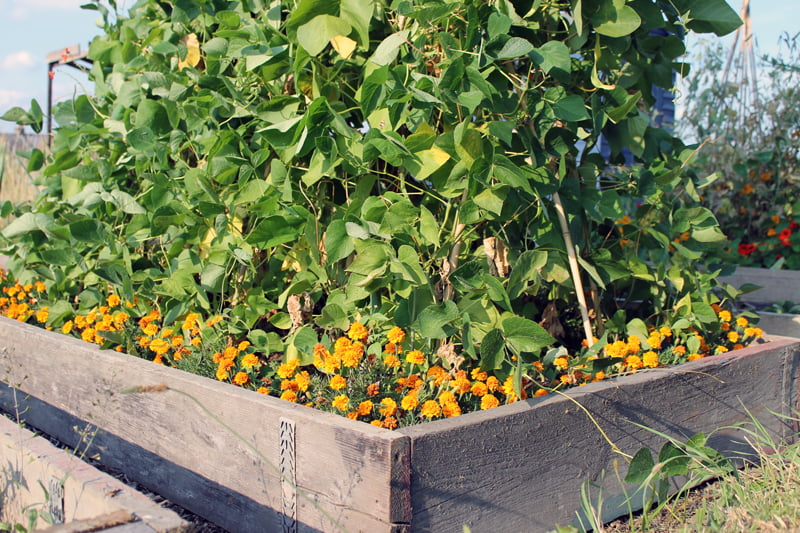
Nurse Cropping: Providing Support and Shade with Companion Planting Strategies
Nurse cropping is a technique where one plant provides temporary shade or support to another, giving young, vulnerable plants a better start. This is another element of sustainable garden symbiosis. For example, planting lettuce under taller tomato plants during the hottest part of the summer can protect the lettuce from scorching sun and extend its growing season. The tomato plants provide a natural canopy, creating a cooler, more favorable environment for the lettuce to thrive. This is especially helpful in smaller areas to implement companion planting for small gardens.

The Dark Side: Understanding Allelopathy to Create a Thriving Garden Ecosystem
While companion planting is generally beneficial, it's important to be aware of allelopathy, a phenomenon where some plants release chemicals that inhibit the growth of other plants. A classic example is the relationship between walnut trees and tomatoes. Walnut trees produce a substance called juglone, which is toxic to many plants, including tomatoes. Therefore, tomatoes should never be planted near walnut trees. Being aware of these antagonistic relationships will help you create a thriving garden ecosystem.
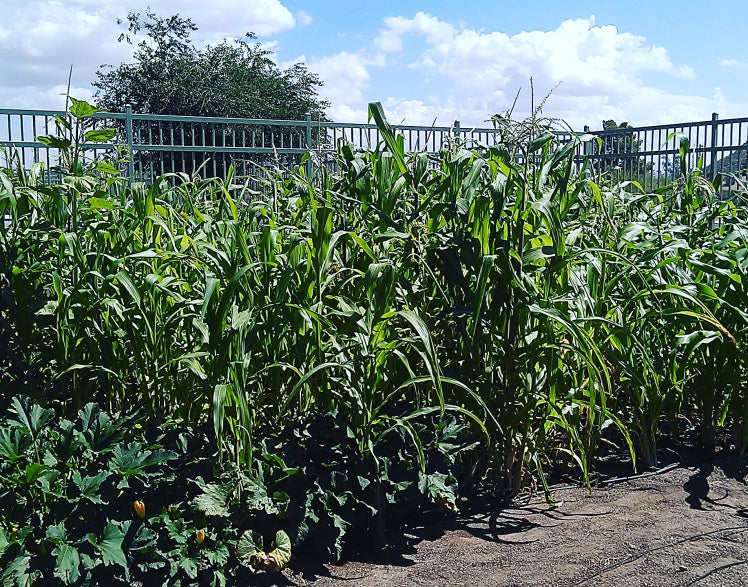
Observation is Key to Companion Planting Benefits
The most important aspect of companion planting is observation. Every garden is unique, with its own specific soil conditions, climate, and pest pressures. What works in one garden may not work in another, so it's crucial to experiment and learn from your own experiences. Keep a gardening journal to track your companion planting experiments, noting which pairings are successful and which ones are not. Pay attention to the health and vigor of your plants, and adjust your strategies accordingly. This is crucial, whether you're an experienced gardener or are using our beginner companion planting guide.
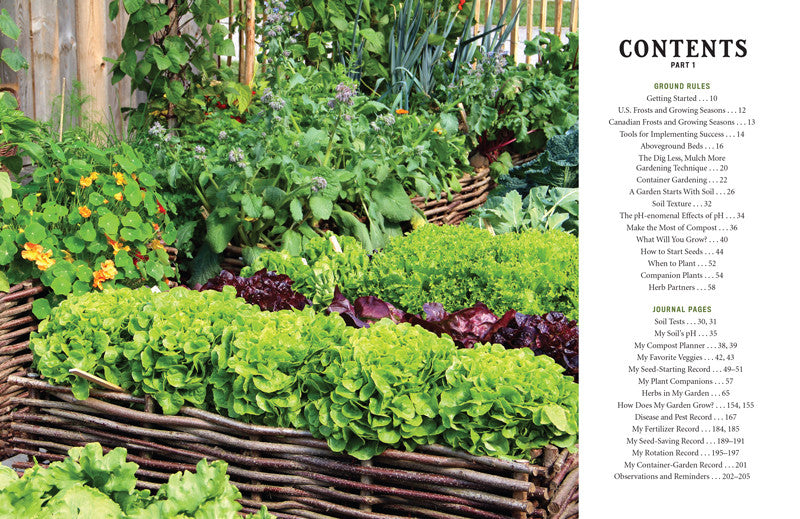
Companion planting is an ongoing learning process, and the more you observe and experiment, the better you'll become at creating a thriving, self-sustaining garden ecosystem. Don't be afraid to try non-traditional companion planting combinations to see what works best for you. It can also help you improve soil health with companion planting.
Companion Planting to Maximize Space: Integrating Herbs and Flowers
Consider integrating herbs and flowers into your vegetable patches to take full advantage of available resources. For example, borage attracts pollinators while deterring tomato hornworms. Yarrow improves soil health and attracts beneficial insects. These additions can greatly enhance the overall health and production of your garden. In essence, you can create a thriving garden ecosystem by thoughtfully integrating these plants.
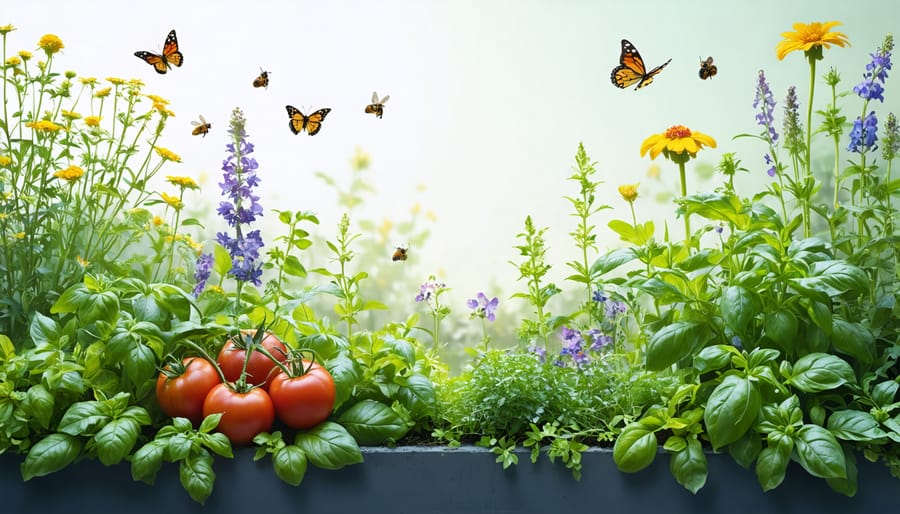
Embrace Polyculture: Maximize Flavor and Yield
Don't underestimate the impact of companion planting on the flavor of your crops. Basil, for instance, is believed to enhance the flavor of tomatoes. Similarly, planting chamomile near cabbage is thought to improve its taste. Consider experimenting to enhance flavor with companion plants and determine which combinations yield the most delicious results for your table.
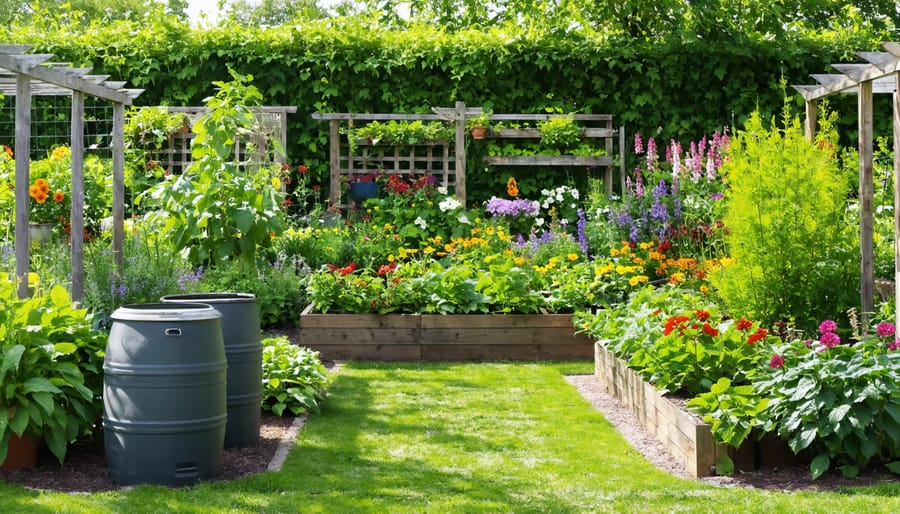
Conclusion: Cultivating a Thriving Garden Through Symbiosis
Companion planting is more than just a gardening technique; it's a philosophy of working in harmony with nature to create a thriving, self-sustaining ecosystem. By understanding the beneficial relationships between plants and experimenting with different pairings, you can unlock the full potential of your garden, reduce your reliance on chemical inputs, and enjoy a bountiful harvest of healthy, delicious food. So, embrace the secrets of companion planting and cultivate a garden that is not only beautiful but also resilient, productive, and full of life. You can improve soil health with companion planting, and enhance your garden’s overall health. Start your journey today and witness the transformative power of plant partnerships in your own backyard! You'll discover why so many gardeners ask, "How does companion planting improve yield?" and "What are the benefits of companion planting?" Happy gardening!